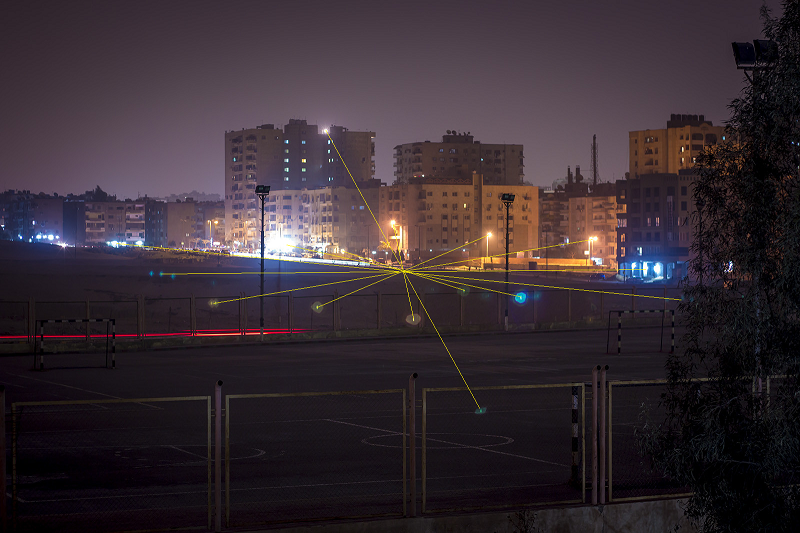I've purchased a Canon EF 50mm f/1.8 II. But I'm really disappointed in the results, especially when using it for night photography. :(
In my night shots a lot of lens flare appears in my photos. I've tried to change the angle and position of the camera to no avail. Also I cannot do any night photo without directing my camera to direct light like in street photography!
This photo was taken with my Canon 650D and 50mm 1.8 Lens in a long exposure night shot, and as you notice there is a bunch of lens flare in it. Some people suggested I remove the UV filter. This decreased the lens flare a little but there is still some flare in the photo .

I want to know if there is a problem with the lens? Or is this normal for a $100 lens? Does anyone else have a similar experience with this lens?



